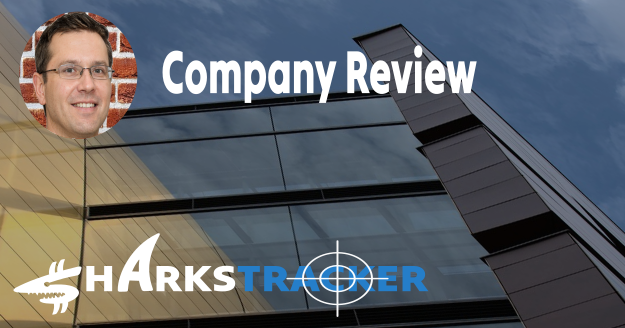Hostess Brands' Strategies for Driving Profitable Growth and Market Share
2023-08-10
In the earnings call meeting, led by Andy Callahan, the President and CEO, the company discussed its plan and strategies for driving sustainable profitable growth. Analysts and investors expressed confidence in the company's team and its ability to enhance programming for its business and customers.
The key drivers of the business were productivity momentum, revenue growth management (RGM), fuel program productivity, and margin expansion. These drivers were crucial for driving continued investment, modest margin expansion, and adapting to changing consumer sentiment. Additionally, continuous improvement and efficiency programs, as well as data-driven decisions on pricing and promotions, were important for fueling growth and driving the business forward.

The company's plans for product/service included focusing on productivity momentum, revenue growth management, and continuous improvement. They aimed to drive fuel investment into their proven growth strategies by implementing efficiency programs and enhancing their back-end programs based on consumer sensitivity to pricing. They also emphasized the importance of data analytics and agility in adjusting price points to provide sustainable value to consumers. The company mentioned the early stages of their initiatives, indicating a long runway for driving continuous improvement and efficiency programs in both revenue growth management and productivity.
The competitive landscape in the company's industry was evolving. Some competitors were becoming more promotional, resulting in share losses for the company. However, the company took competition seriously and aimed to compete aggressively by providing value, innovation, and quality to consumers. They believed that meeting consumer demands and offering competitive pricing would help them maintain and potentially regain market share. The company also recognized that consumers were becoming more price-sensitive, particularly in the second half of the year. To address this, they planned to adjust pricing, increase frequency, and enhance displays to capture consumer attention. Overall, the company was focused on both short-term competitiveness and long-term strategies to succeed in the evolving competitive landscape.
The company's outlook for the year was positive. They reaffirmed their full-year top-line guidance and raised their EBITDA and EPS guidance towards the higher end of their previous ranges. They expected net revenue growth of 4% to 6% for the full year, with a slight decrease in volume offset by stronger net price realization. They anticipated a meaningful increase in volume in the second half of the year, driven by growth and customer initiatives, brand-building investments, and the benefit of prior-year pricing. The company also expected adjusted EBITDA and EPS to be towards the higher end of their respective ranges, delivering above their long-term profit growth algorithm. They anticipated gross margin improvement of 40 to 50 basis points over the prior year, despite anticipated headwinds from the Arkadelphia bakery start-up. The company expected high single-digit inflation for the full year, with moderating headwinds in the second half.
The company was making progress on its strategic initiatives, with a focus on productivity momentum and revenue growth management. The initiatives were expected to be key drivers of continued investment and modest margin expansion over time. The company was in the early stages of these initiatives but was proud of the progress made so far. There was a long runway for driving continuous improvement and efficiency programs, particularly in revenue growth management and productivity. Overall, the company was on track with its strategic initiatives and was focused on fueling investment and driving growth.
The company's capital spending plans included returning capital to shareholders through share repurchases, refinancing its credit agreement, maintaining existing interest rate swaps, and making capital expenditures in the range of $150 million to $170 million. These expenditures would include investments in a new bakery in Arkadelphia. The company expected to generate strong free cash flow once capital expenditures normalized in 2024.
In conclusion, the call was led by Andy Callahan, who expressed gratitude for the confidence placed in the team to execute the company's plan and drive sustainable profitable growth. The meeting involved various analysts from reputable financial institutions, indicating the importance of the company's performance and future prospects.
The Voortman business in the cookie category performed well and experienced growth. The company's market share on the permanent shelf increased, and their partnerships with customers were strong. Voortman's innovation and quality helped to increase their share of merchandising. The company believed that their strategies and ability to grow would ultimately take care of their market share over time.

